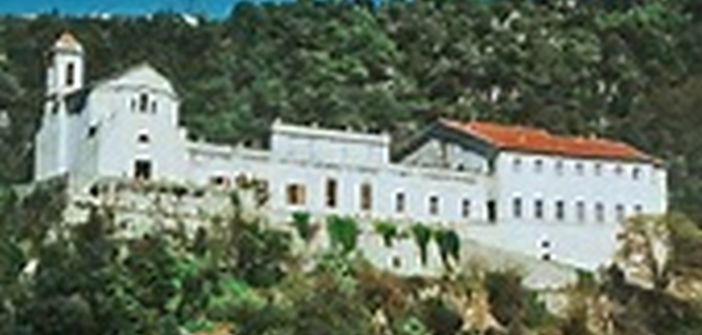This village in the suburbs of Nice is nestled between two hills: Cimiez and l’Abadie. Saint André de la Roche stretches at the bottom of the Banquière valley, a tributary of the Paillon or Paillon as well, as there are said to be three rivers bearing this name. The village is located on the road to Tourette-Levens and Levens.
This road will be the subject of a fierce debate in Turin over the choice of the salt route. The civil engineer Pietro Arduzzi, in a memorandum dated October 27, 1627, raised the difficulties and costs of constructing a road through the Saint André valley (at that time, there were no stone quarries and the valley was very steep). He preferred the road on the opposite bank of the Paillon heading eastward, thus more direct for Piedmont and Turin.
In Roman times, l’Abadie, whose name derives from the term abbey, was a post on the Via Julia Augusta. Mérindol, the name of this spur before Christianization, guards this route leading to Cimiez and coming from La Turbie. It should be noted the Romans’ tendency to avoid the coast for their land communications.
In the 19th and early 20th century, the Banquière had a much more regular and significant flow, and laundresses would come to wash clothes there. The first mention of this village appears in a testament from 999 where the fief was shared between Saint Pons abbey and the lords of Saint André. In 1555, after belonging to the Chabaud, the fief passed to the Michelotti.
A century later, in 1628, the Thaon, lords originating from Lantosque, acquired Saint André through marriage. Their possession was elevated to a County. On October 10, 1687, the Thaon erected their castle on this spur of l’Abadie. After 1860, they ceded it to the Saint Paul hospice. The castle today belongs to Emmaus.
Frescos attributed to Vanloo adorn the walls of its chapel. Under revolutionary occupation, Saint André became a commune. The village does not have many monuments to offer our curiosity. It is on an important passageway towards Levens and via Duranus, the Vésubie.
The coat of arms of the Thaon, featuring a goat emerging from the waters holding a serpent in its mouth with a star to light or guide it, proclaim: “Arms defend us, peace makes us joyful.”
If the castle cannot be visited, one will notice the low houses, typical of the Nice area, with their frescos and colorful facades. The stone quarries have marred the landscape, and today’s Piedmont engineer would choose the Levens road to reach Turin.
Finally, cinema will be mentioned: between 1927 and 1930, Saint André housed a small film studio that disappeared with the advent of sound cinema.
Thierry Jan


